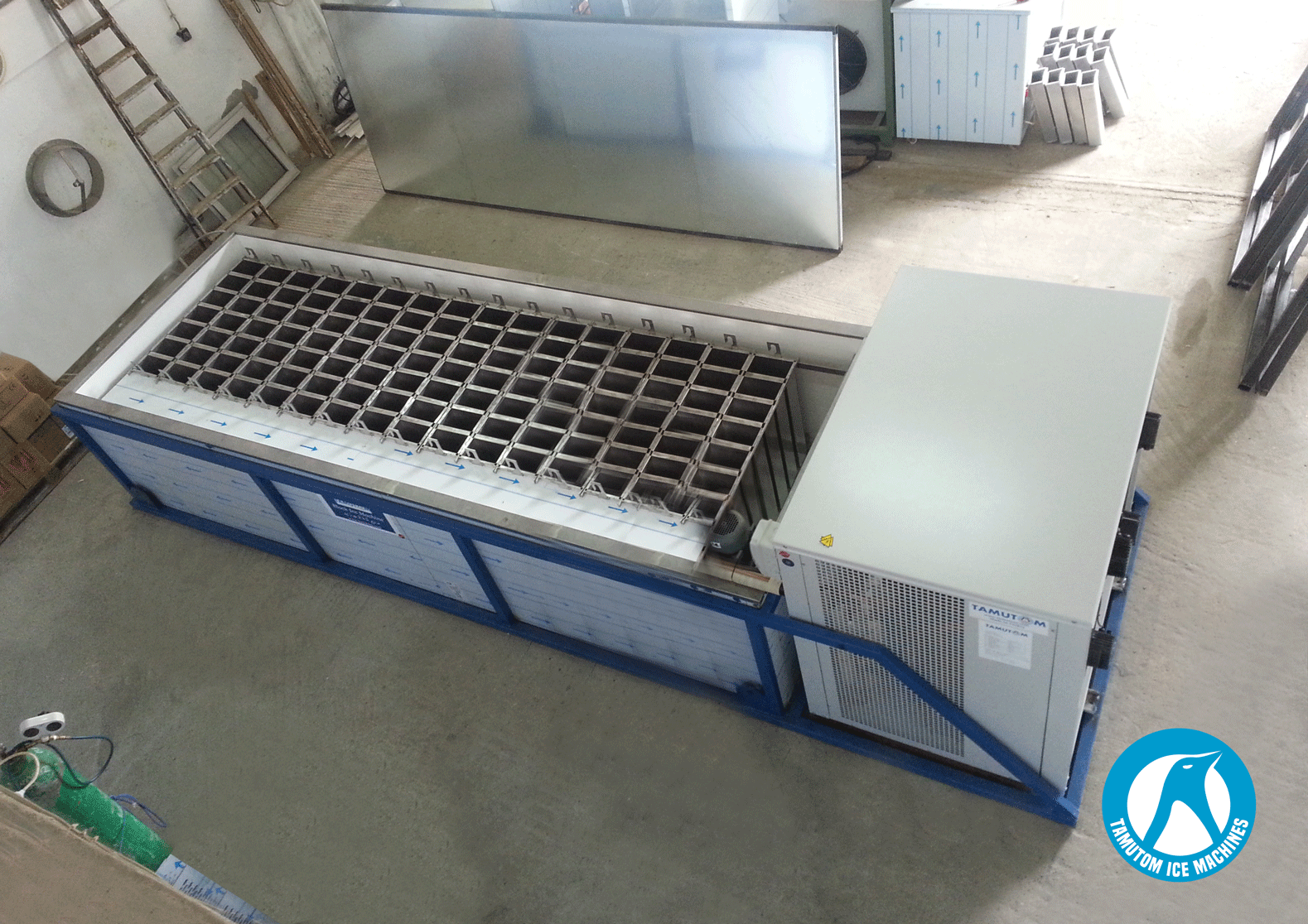An ice maker, ice generator, or ice machine can refer to a consumer device for making ice contained in a home freezer; an independent device for making ice, or an industrial machine for making ice on a large scale. The term "ice maker" generally refers to the independent device.
The ice generator is actually part of the ice maker that produces ice. This includes the evaporator and associated drives/controls/subframe directly related to the removal and removal of ice to the tank. When most people refer to an ice maker, this means the ice-making subsystem, minus cooling.
However, an ice machine will typically be a complete machine that includes cooling, controls, and dispenser, which only requires a connection to power and water sources when specifically defined as 'packaged'.
The term icemaker is more ambiguous, some manufacturers describe packaged ice machines as ice machines, while others define their generators in this way.
Ice making methods
All cooling equipment consists of four basic components; evaporator, condenser, compressor, and throttle. Ice machines all work the same. The function of the compressor is to compress the low-pressure refrigerant vapor into the high-pressure steam and deliver it to the condenser. Here, the high-pressure steam is condensed into the high-pressure fluid and discharged through the throttle valve to become a low-pressure fluid. At this point, the liquid is transferred to the evaporator where heat exchange occurs and ice forms. This is a complete cooling cycle.
Consumer ice makers
Freezer ice makers
Automatic ice makers for the home were first introduced by the company Servel in 1953. [10] [11] They are usually found in the freezer compartment of the refrigerator. They produce crescent-shaped ice cubes from a metal mold. An electromechanical or electronic timer first opens a solenoid valve for a few seconds and allows the mold to be filled with water from the domestic cold water source. The timer closes the valve and allows the ice to freeze for about 30 minutes. The timer then turns on a low-power electric heating element inside the mold for a few seconds to gently melt the ice cubes so that it does not stick to the mold. Finally, the timer operates a rotating arm that pushes the ice cubes out of the mold and into a trash bin, and the cycle repeats. If the trash fills with ice, ice pushes a wire lever that closes the icemaker until the ice level in the trash drops again. The user can also lift the wire handle at any time to stop ice production.
Then automatic ice makers in Samsung refrigerators use a flexible plastic mold. When the ice cubes detected by a Thermistor are frozen, the timer causes an engine to reverse and bend the mold so that the cubes are separated and dropped into a trash bin.
The first ice makers threw the ice in a trash bin in the freezer compartment; the user had to open the freezer door to get ice. In 1965, Frigidaire introduced ice makers, which were dispensed from the front of the freezer door. [12] In these models, pressing a glass into a cradle outside the door drives an engine that rotates a twirl in a box and gives ice cubes to the glass. Most dispensers can optionally pass ice through a crushing mechanism to give crushed ice. Some dispensers can also dispense chilled water.
Portable ice makers
Portable ice maker (for home use) Portable ice makers are units that can fit on the bench. The fastest and smallest ice makers on the market. Produced by a portable ice maker, it is in the form of ice bullets and has a cloudy, opaque appearance. The first ice serum can be made within 10 minutes after turning on the appliance and adding water. Water is pumped into a small tube with metal pegs soaked in water. Since the unit is portable, the water must be filled manually. Water is pumped from the bottom of the chamber to the ice cream tray. The pegs use a heating and cooling system to freeze the water around them and then warm up so that the ice slides from the peg and into the storage compartment. Ice begins to form in a few minutes, but the size of the ice cubes depends on the freezing cycle - a longer cycle results in thicker cubes. Portable ice makers do not prevent ice from melting, but the device recycles water to make more ice. When the storage tray is full, the system will automatically shut down.

